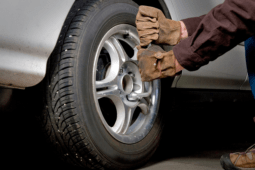How to Build a Crushed Asphalt Driveway
You’ve seen them at work on your local street, the highway through town, and that big interstate renewal project across the county. They’re asphalt grinders. They grind and convey old asphalt off the roadway to prepare it for a new surface.
Just a few years ago, old asphalt filled public landfills and was considered waste, but a recent positive trend has all that ground-up asphalt finding its way back as a useful building material.
What is Crushed Asphalt?
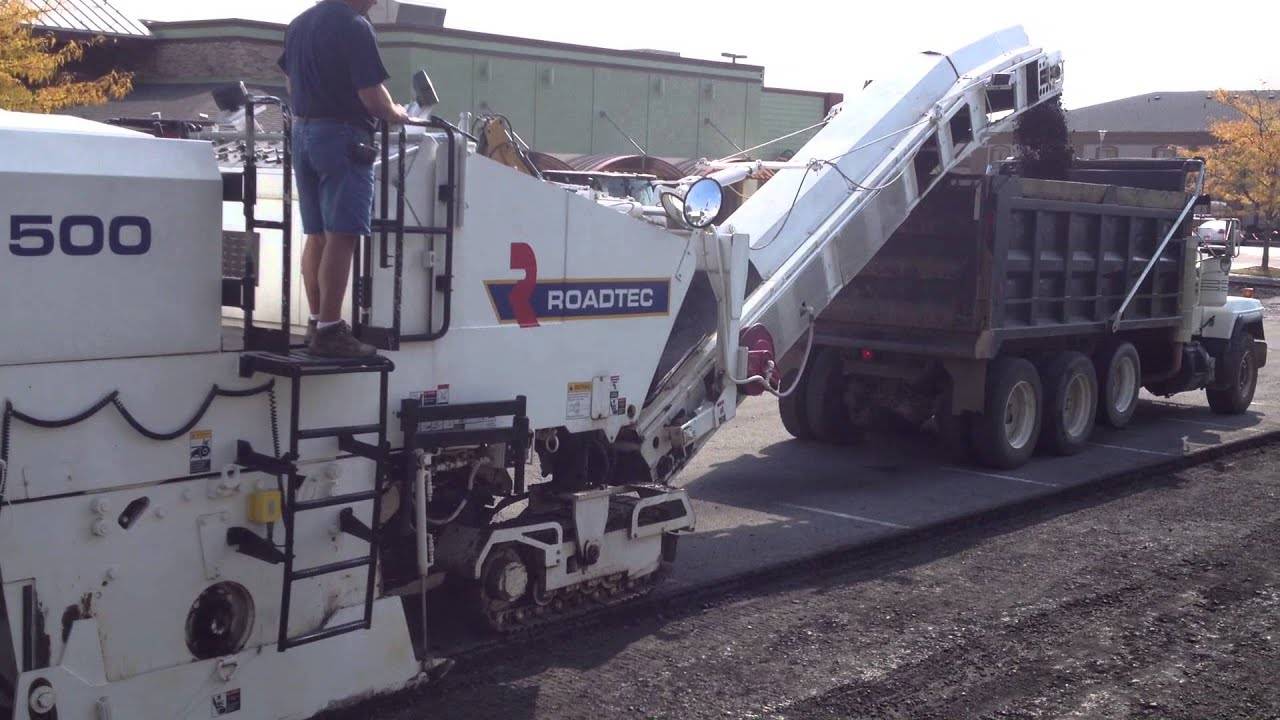
Crushed asphalt, as it is referred to after it is trucked to a storage facility, can greatly enhance your property. Unlike hot mix asphalt, which requires high heat, tar, and oil blended into sand and gravel, or cold mix, which is a mix of petroleum, sand, and rock, crushed asphalt is dry and easy to use.
There are endless projects that would benefit from the use of crushed asphalt, providing a cost-effective and time-efficient solution.
Useful Applications of Crushed Asphalt
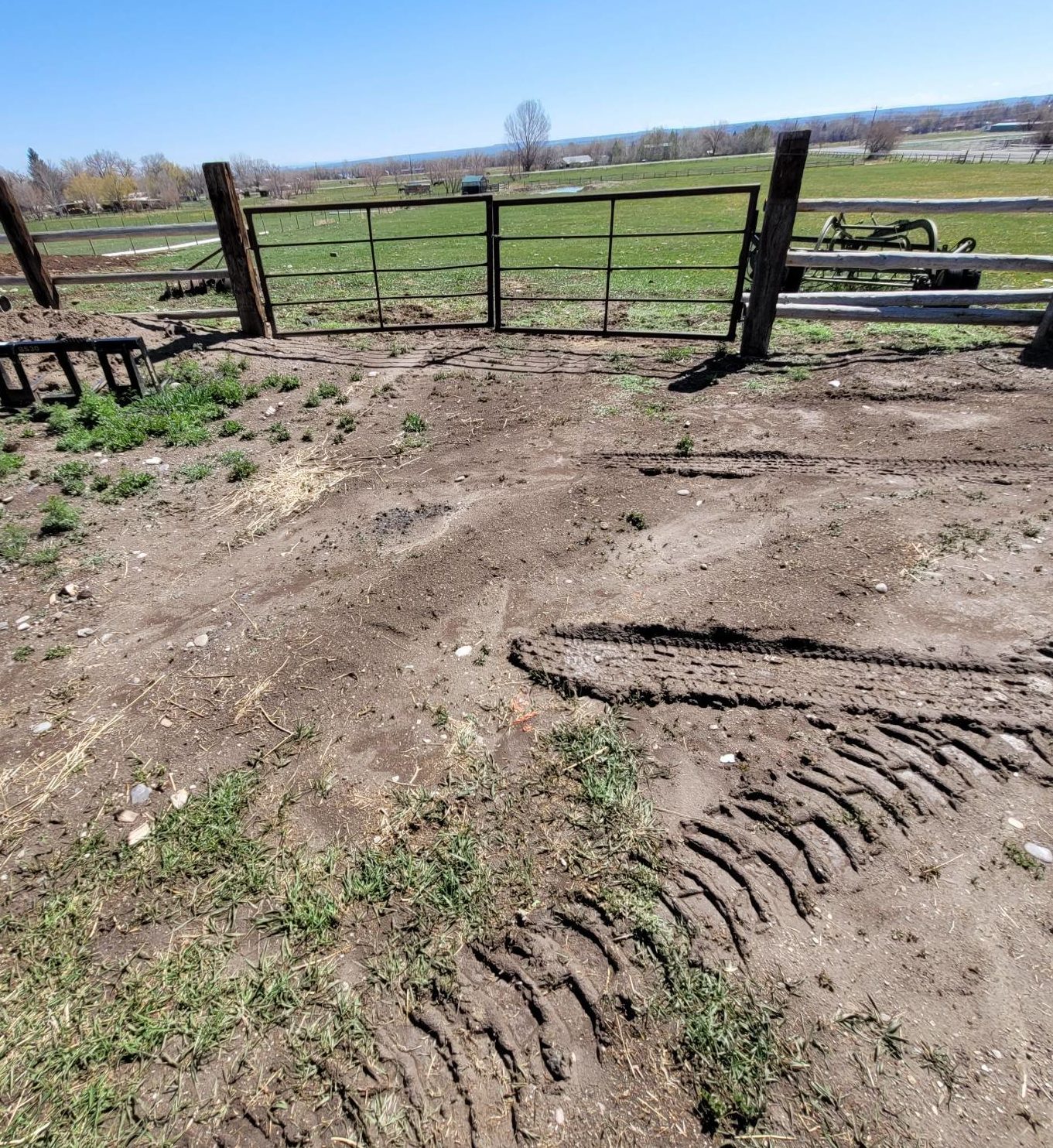
Uses for crushed asphalt are commonly found on driveways, pads for boats and RVs, and in landscaping areas around downspouts to prevent erosion. The material is inexpensive, easy to work with, and creates a professional, durable surface when prepared correctly.
The magic is that it doesn’t take any special tools on a small project, just a rake and shovel, and on larger jobs, a small tractor with a rear blade can do almost all of the work.
Step-by-Step Guide for Building a Crushed Asphalt Driveway
Your first step is to call your local sand and gravel supplier. If they have crushed asphalt, you can order it by the dump truckload or bring a trailer, and they’ll load it for you. If one company doesn’t carry it, they’re great about pointing you in the right direction to a competitor who does have a pile of it.
Order a Truck Load and Lay it Down Flat
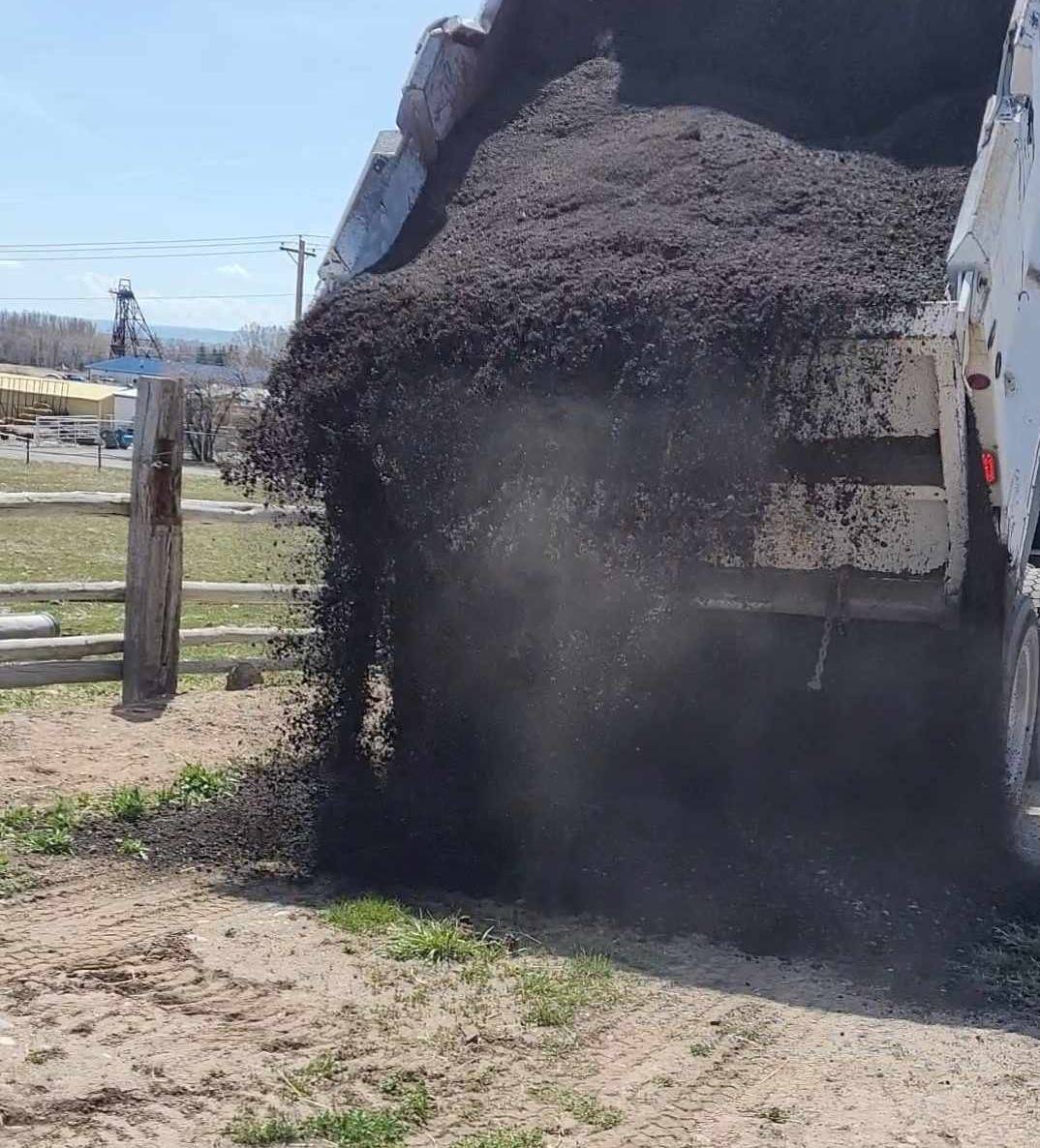
Crushed asphalt arrives in a tilt-bed dump truck. The truck can be almost any size, ranging from a small six-yard truck to a triple-axle 16-yard monster. The driver will back the truck up to a starting point and then pull ahead to fan out the material.
Experienced drivers can drop a nearly level load of asphalt four to eight inches deep consistently as they pull away with the load. Depending on the size of the job, it might take a few truckloads to get the base down.
Smoothen the Top Layer and Touch Up Any Gaps
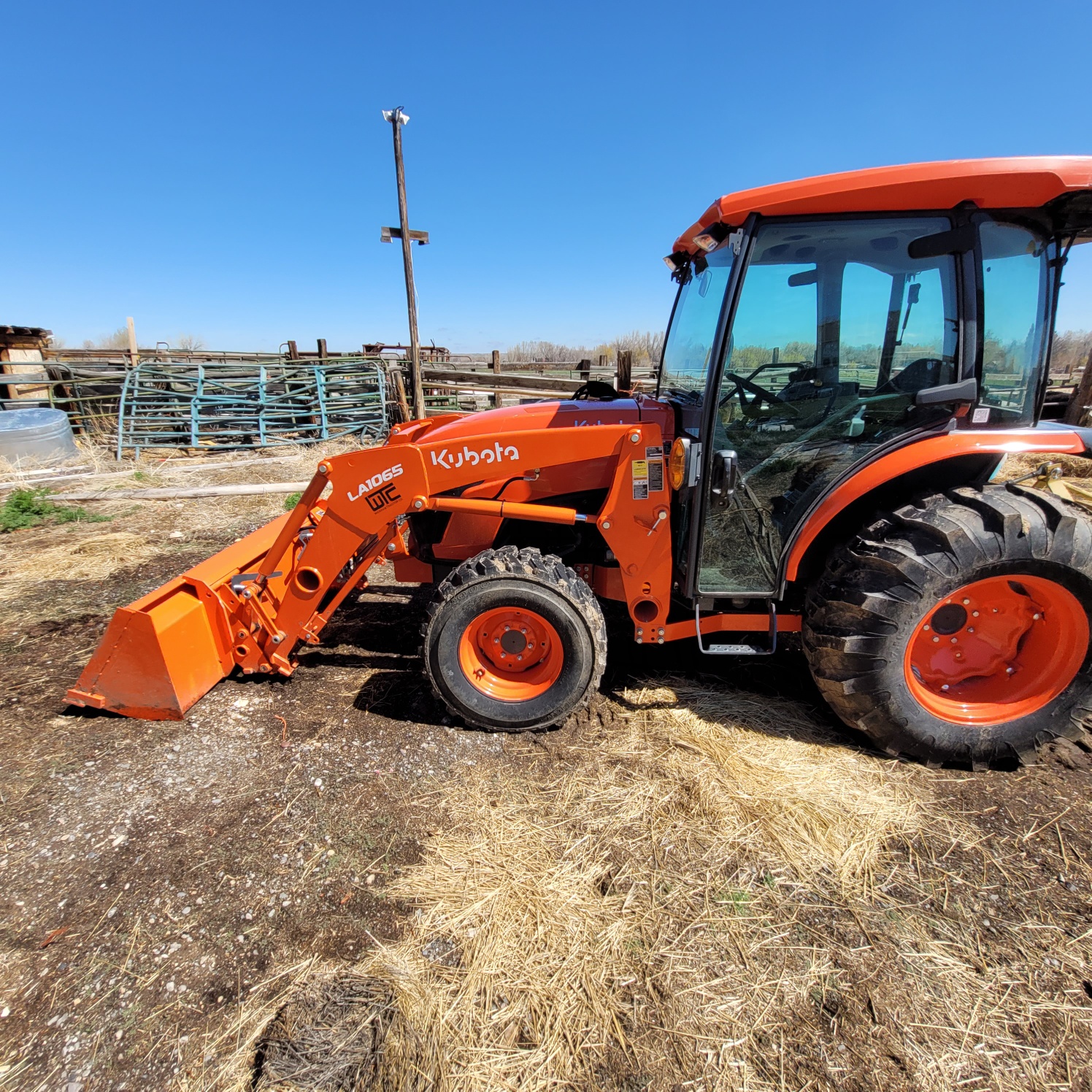
Once you have a layer of crushed asphalt on a driveway, bring your tractor and blade into play. Set the blade at about six inches above the underlying ground for the first run. This will smooth the asphalt into a consistent depth.
It’s a good idea to angle the blade for the first few runs, pulling the material towards the center, then fanning it out on subsequent runs to fill gaps along the edge of the driveway.
Compact the Crushed Asphalt Down
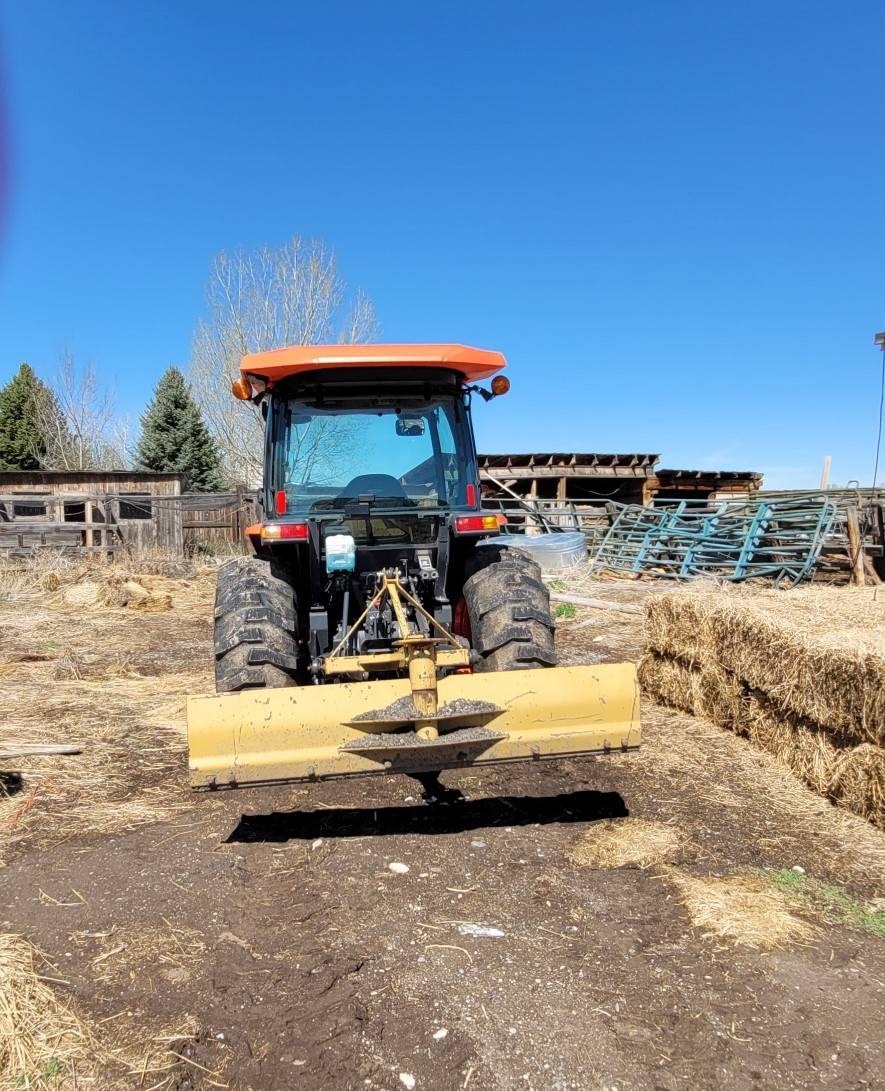
When you’re happy with the depth and layout of the asphalt, the finishing step is even easier. Just drive up the length of your new asphalt driveway with your pickup. The wheel compaction will set the asphalt. To fully seat the asphalt, you should wait for heavy rain or get a partner to soak the driveway with a hose.
Water helps set the asphalt even tighter. Rolling over the wet surface with your truck will create a compacted surface almost as hard as the road in front of your house. For smaller jobs, a wheelbarrow, rake, shovel, and square plate compactor will do the same job.
Inspect the Final Product
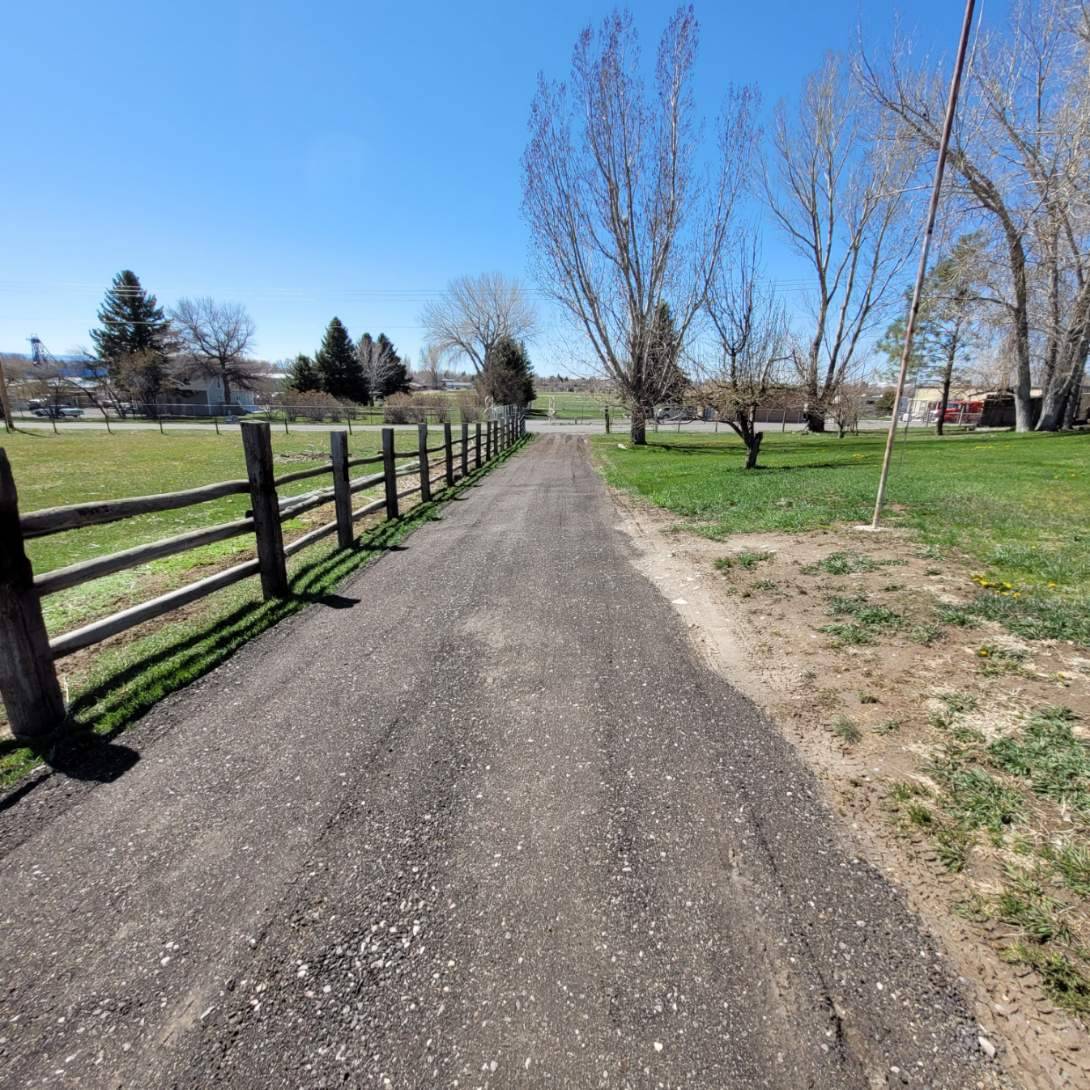
You’ll have an asphalt driveway or landscape zone impervious to rain and mud for a fraction of the cost of bringing in a hot mix contractor, and you’ll have helped the local landfill by practicing a bit of green technology.

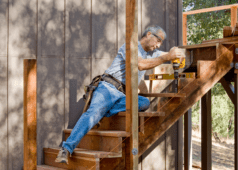


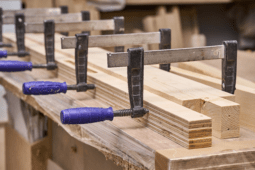
![How To Clean Patio Pavers [Without a Pressure Washer!]](https://www.manmadediy.com/wp-content/uploads/sites/52/2024/06/broom-15377-238x170.png)

